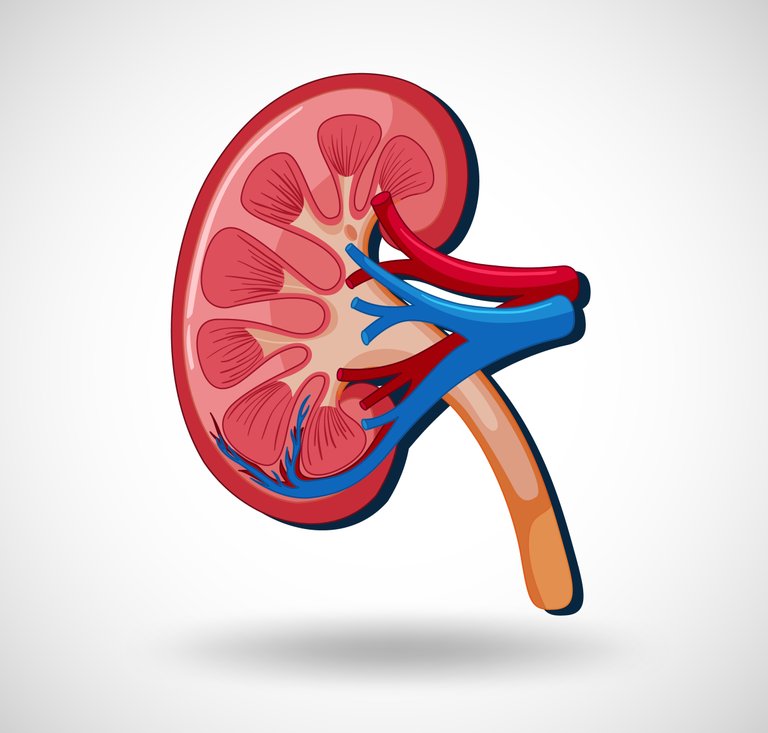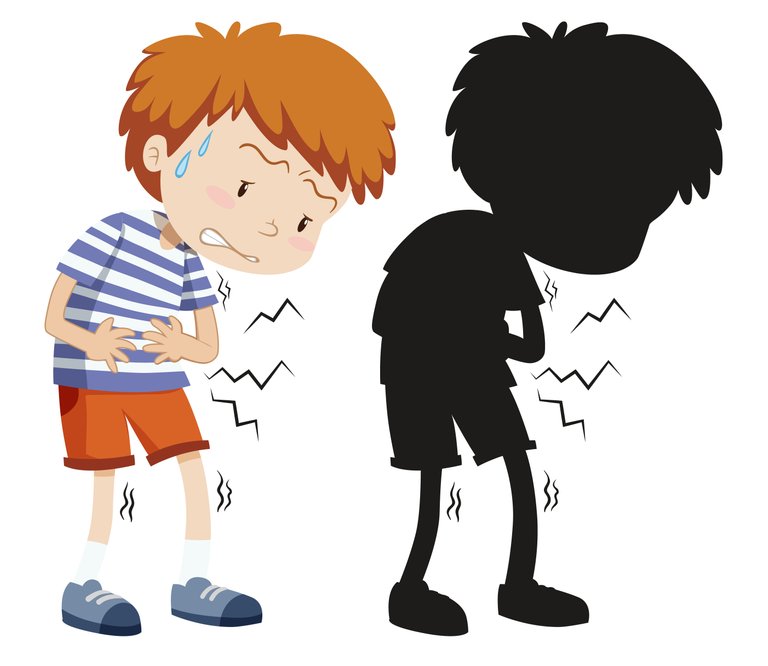
Introduction
From the title, you might think that the topic will be weird, yet it's actually two congenital diseases being compared to each other, even though it might not be my field of interest, but this topic got my attention.
Kidneys, our bean-shaped organs, where our blood is filtered and fluids are re-absorbed and as much as I can talk about the kidneys it will not be enough to cover how precise and crucial this organ is. Yet, like any other organ they are susceptible to disease and congenital abnormalities and in this post I will go through two congenital abnormalities which are Renal Agenesis & horseshoe kidney.
Renal Agenesis
Congenital abnormality manifested with the absence of either one or both kidneys, and it occurs when the embryonic kidney fails to form and develop. Now let's talk about what would happen if there are no kidneys formed, then we will talk about the absence of one kidney.
Both kidneys failed to develop (Bilateral)
In this case, the fetus will have either died in the uterus or is going to die a few hours after birth, usually the baby (if born) will have particular symptoms such as: little or complete absence of amniotic fluid, loose skin, and undeveloped lungs. So with those symptoms, babies can't survive as there is no treatment for this condition.
Unilateral renal agenesis

Now this one isn't as bad as the bilateral one, actually babies will still be born normally, and they might not even know about the absence of their kidney as usually it's diagnosed accidentally while screening for some other disease. It's usually in premature birth or when there are more than one baby in the pregnancy.
You might have wondered how would they live completely normally without symptoms. Babies body will grow and adapt to the absence of the other kidney by enlarging the existing kidney, so it may carry the function of two kidneys at the same time without any problem.
Have to say that in some cases babies will have some complications later such as hypertension or backflow of urine.
Now, what about horseshoe kidney, is it as dangerous as bilateral? Or can function normally without complications? Let's see...
Horseshoe Kidney
We are talking about the most common congenital renal anomaly horseshoe kidney which is also known as kidney fusion, occurring in 1 per 500 cases while being more prevalent in males than females. It occurs when kidneys fuse together in their base forming a horseshoe shape and instead of moving to their normal place during fetal development, they will be abnormally located in the lower abdomen.
Now that the cause of the disease isn't fully known, but it's usually attributed to genetic factors and other risk factors or exposures during pregnancy like alcohol. Yet, we need to mention that horseshoe kidney case is associated with other conditions including: Down syndrome, and Turner syndrome as chromosomal conditions while there are some other non-chromosomal conditions that we can see horseshoe kidney associated with.
How dangerous it is
People born with horseshoe kidneys might be asymptomatic yet for sure they will be more susceptible to urinary tract infections, that's why people with this condition are advised to use antibiotics when needed to avoid pain while peeing, also abdominal pain is usually present, so these two symptoms are the most famous in this case.

Other symptoms include kidney stones, hematuria, and nausea, which might be present at any time of life.
Which one is worse, you think?
All of those cases up there are abnormal, and as long as bilateral renal agenesis leads to immediate death then it must be the worst, yet which one preserves more life quality than the other between horseshoe kidney and unilateral renal agenesis?
I would love to end the post here. Stay safe everyone!
References:





